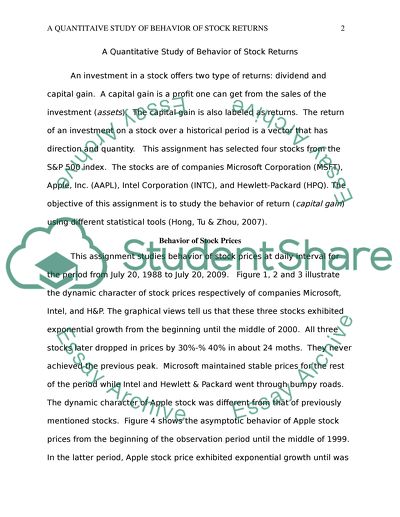Cite this document
(“Quantitative Techniques for Business Project Essay”, n.d.)
Quantitative Techniques for Business Project Essay. Retrieved from https://studentshare.org/finance-accounting/1694533-quantitative-techniques-for-business-project
Quantitative Techniques for Business Project Essay. Retrieved from https://studentshare.org/finance-accounting/1694533-quantitative-techniques-for-business-project
(Quantitative Techniques for Business Project Essay)
Quantitative Techniques for Business Project Essay. https://studentshare.org/finance-accounting/1694533-quantitative-techniques-for-business-project.
Quantitative Techniques for Business Project Essay. https://studentshare.org/finance-accounting/1694533-quantitative-techniques-for-business-project.
“Quantitative Techniques for Business Project Essay”, n.d. https://studentshare.org/finance-accounting/1694533-quantitative-techniques-for-business-project.


